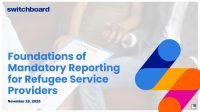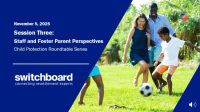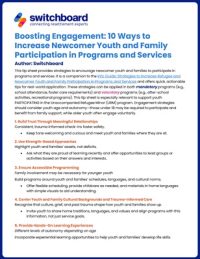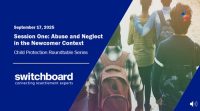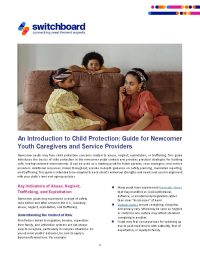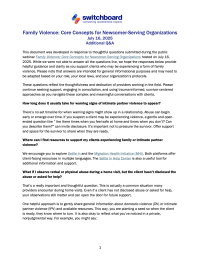Webinar Overview Many refugee service providers are mandated reporters—they’re required to report when they know or reasonably believe that a child or vulnerable adult has been abused, neglected, exploited, or abandoned. Yet some service providers may feel uncomfortable or confused about the reporting process. This webinar will cover the basics of mandatory reporting, including what is…

